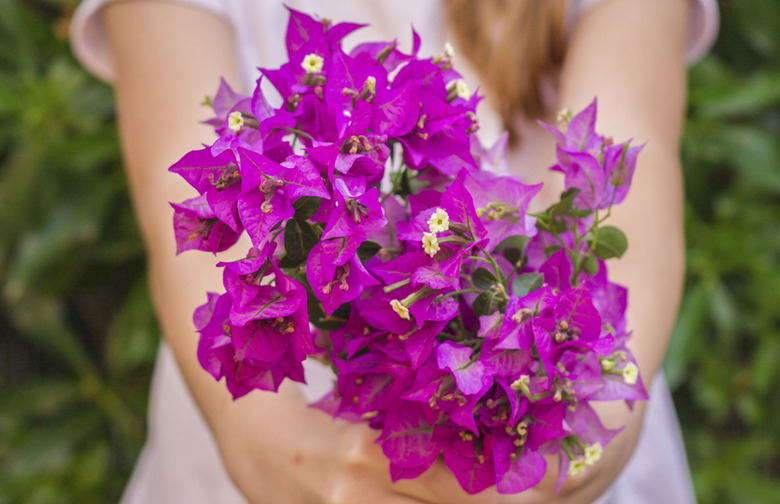Sweet Valentine's Celebrations Around The World
Sweet Valentine's Celebrations Around the World
Learn how the rest of the world celebrates Valentine's Day,
Brazil
Brazilians don't celebrate Valentine's Day on February 14; instead, they celebrate the Dia dos Namorados, or Day of the Enamored, on June 12. Brazilians trade chocolates, flowers, and cards, similarly to how we celebrate February 14 in the States; however, there are also parades, celebrations, and festivities across the country to honor the day.
Denmark
Denmark's Valentine's Day traditions started to blossom in the 1990s. In Denmark, couples often give each other hearts made from flowers, chocolate, pasta, or cake. Additionally, Danish men give anonymous "joking cards" that contain funny poems to women. If the recipient correctly guesses who sent her the poem, then she wins an Easter egg on Easter.
Germany
Valentine's Day, or "Valentinstag," in Germany is similar to that in England, France, and the U.S., with cards, flowers, and candies being exchanged by loved ones as the central theme. However, there are some cultural nuances to the celebrations; pigs are a symbol of luck and lust, so you'll find pig-adorned items across Germany in mid-February, along with another German Valentine's Day staple, oversized ginger cookies (often iced with rather direct messages of "love").
Italy
Valentine's Day in Italy was originally celebrated as the Spring Festival. Italians give one another flowers and chocolates — specifically from Perugina, which puts out a special edition of its beloved Baci candy for the holiday each year.
Japan
In Japan, women present gifts of chocolate to their male co-workers and loved ones. There is another holiday that falls exactly one month later known as "White Day" that calls for gifts two or three times as valuable to be presented by a man to any woman who gave him chocolate on V-Day.
Mexico
In Mexico, Valentine's Day is also known as the "Día del Amor y la Amistad," or the "Day of Love and Friendship," and is a celebration for more than just significant others. An old tradition still exists by which teenage boys and girls, in groups divided by sex, walk past each other in a park heading in opposite directions. If a boy likes one of the girls, he'll hand her a flower. If the girl is still holding the flower when they pass each other later coming back the other way, it means she likes him back. (I say just cut to the chase and ask her out!) Mexicans also enjoy covering the cars of couples with Post-It notes with expressions of love written on them.
South Africa
Weeklong celebrations take place in South Africa, paying homage to the ancient Roman festival of Lupercalia, which doesn't relate directly to Valentine's Day except for falling at roughly the same time of year, and for being dedicated to fertility. Women wear the name of the man they admire on their sleeve on this day, literally pinned there, in hopes that he'll notice and possess a similar sentiment. South Africans, like many others around the world, celebrate Valentine's Day itself by going out to eat and exchanging flowers and candy.
South Korea
In South Korea, much as in Japan, women are the present-givers, and they give gifts of chocolate. One month later, on March 14, or White Day, men give women gifts of roses, chocolates, or candy. One month after that, April 14, is Black Day, a day to mourn being single, which is celebrated by eating black noodles.
Sweden
Sweden's version of Valentine festivities, Alla Hjärtans Dag, or All Hearts Day, essentially mirrors America's — full of candies (jelly hearts, anyone?), cards, boxes of pastries and chocolate, and, of course, floral arrangements. In fact, the holiday was first popularized in the 1960s by the Swedish flower industry, for purely commercial reasons.
Taiwan
Unlike in Japan and South Korea, in Taiwan, the men give the gifts on Valentine's Day, and the women reciprocate on White Day. There's also 7/7 Day, which falls on the seventh day of the seventh month of the Chinese lunar calendar, which is marked by dancing and ritualistic burning of incense.











